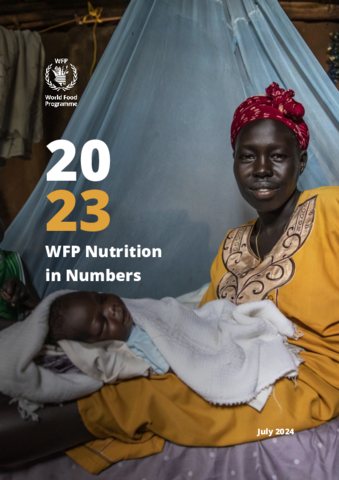
WFP’s moderate acute malnutrition (MAM) programs achieved a 91% recovery rate, meeting SPHERE standards. Efforts to enhance access and affordability of nutritious foods in 26 countries led to improved dietary diversity among women and children.
Operating in over 83 countries, WFP collaborates with governments and communities to support vulnerable populations through both immediate humanitarian aid and long-term development programs. Fill the Nutrient Gap analyses in six countries helped design targeted nutrition interventions and advocate for healthier diets.
Specialized nutritious foods (SNF) were critical, with over 300,974 metric tons distributed despite challenges like funding shortfalls. SNF supported both malnutrition treatment (60%) and prevention (40%). Cash-based transfers totaling nearly USD 3 billion were provided to almost 54 million people, enhancing nutritional choices and local market development.
In response to nutrition crises in 20 countries, WFP reached over 23 million women and children, although resource constraints limited the achievement of all targets. Despite these challenges, WFP's multi-faceted approach underscores its commitment to ending hunger and malnutrition while supporting health, education, and poverty reduction.
